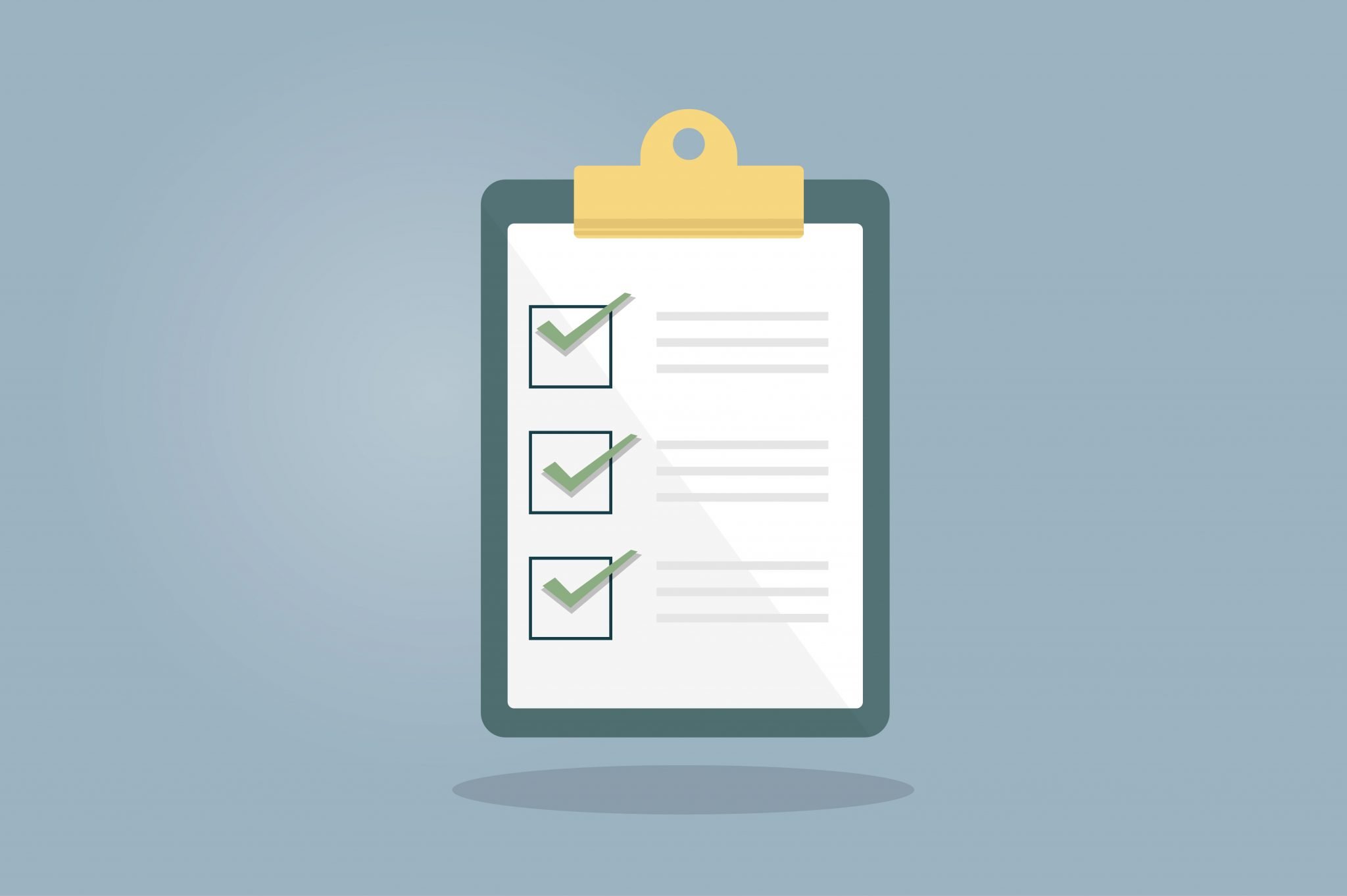
A cover letter is a great way to express your interest and demonstrate your suitability for a specific role and helps separate you from other applicants. It’s important that it’s personal to you and shows the prospective employer your specific skills and experience that make you the perfect candidate for the job. It acts as a prefix to your full CV and should always be paired with a well written CV.
A well written cover letter will help secure interviews, even if at times your CV lacks experience. It’s your opportunity to impress an employer and make a positive impact before they even get to your CV.
Are cover letters necessary?
The answer is that there isn’t really an answer. Some employers will insist on a cover letter as part of their shortlisting process. Even for the ones that don’t, it’s an opportunity to sell yourself and stand out from the crowd. Job adverts nowadays attract a high number of applicants and it’s hard to sell your suitability for a role through just a CV. Sometimes employers find it difficult to determine suitability or transferable skills and using a cover letter will enable you to bring that to the fore. We would absolutely recommend when applying for a role to use a cover letter to give you an advantage over other applicants.
The right cover letter structure
How long should a cover letter be?
A good cover letter should be short and punchy. Something which gives your potential employer enough information to get you on the shortlist, but not so much that your message gets swamped in pages of words.
In a piece on Guardian Jobs, former editor Ian Wylie says that the words should be no longer than one page, which is something we agree with. If you find yourself going longer than this, then it’s likely that you have included information which isn’t relevant to the employer, so it is important to edit at this point.
What should I include in my cover letter?
When writing a cover letter, a huge element in helping you stick to the relevant points in to have a structure in mind. We would recommend including:
Your name and contact details – as with any letter reference your name, address, email address and contact telephone number. The employer can then connect the letter with your CV.
The date – Always ensure that your letter carries a date so that the employer knows when you first expressed your interest and can link the letter/application to the live roles available at that time.
The role you’re expressing an interest in – You can include this as a reference at the top of the letter and include any associated reference numbers linked to the job advert
Reference the person who is recruiting – Hopefully this information is included on the job advert – if not you can always do a bit of stalking on LinkedIn to find out who is in their HR Department/Recruitment team, or even call the business and find out who is recruiting for that so that you can address your cover letter personally to them
An opening/memorable introduction – writing a targeted introduction will look like you’ve done your research and made an effort. Begin by telling the employer which position your cover letter is in reference to, how you found out about the opportunity and what specifically caught your attention. The rest of this section should be a brief overview of you and your career goals. You may also include specifics about the company you’re applying to which is of interest to you
Tailor it for the position you’re applying for – this is the opportunity to sell yourself as the ideal candidate for the job. You can reference the job description/person specification her and sell in your past experience and skill set that matches what they are looking for. It’s fine to include words and phrases used in the job description as this will help the employer easily assess suitability. It’s also a good time here to discuss how this role fits in with your career goals (mentioned above).
End with a call to action – Don’t be too pushy! But, use this final section as an opportunity to summarise your interest in the role based on all of the above and ask for an interview! Reference your enclosed CV and tell them that you would love the opportunity to meet them face to face to discuss the opportunity further. Thank them for taking the time to read your letter and explain how best to contact you and the best times to get hold of you. You could also let them know your interview availability to assist with their next steps.
What to avoid in a cover letter?
Avoid clichés or anything generic that other candidates may use. Also, don’t use the same cover letter for every role you apply for. You can have a ‘standard’ cover letter which you can amend and tailor for each role. It’s common to see the following generic wording which you should avoid at all costs if you want to stand out! Some examples of these are:
- “To whom it may concern”
- “Dear sir/madam”
- “Thank you for taking the time to look at my CV”
Finally, make sure you check for typo’s and don’t focus on what you haven’t done or can’t do, make the cover letter a positive reinforcement of your suitability for the job and your transferable skills.
If you’d like help and support in your job search, be that crafting a winning cover letter or CV, interview advice or just some insight into the marketplace then drop us a line on 0114 321 1873 or email your CV to hello@www.glurecruit.co.uk.
Image Credit: Freepik.